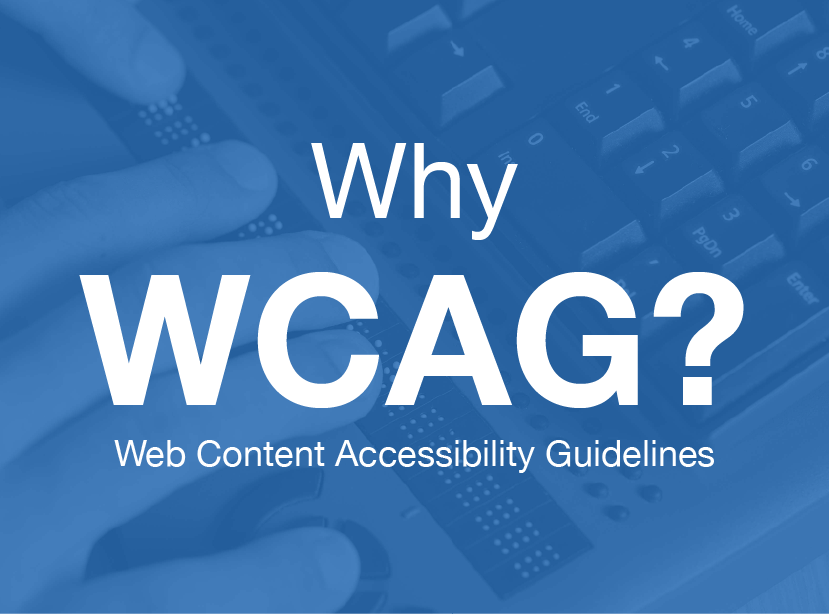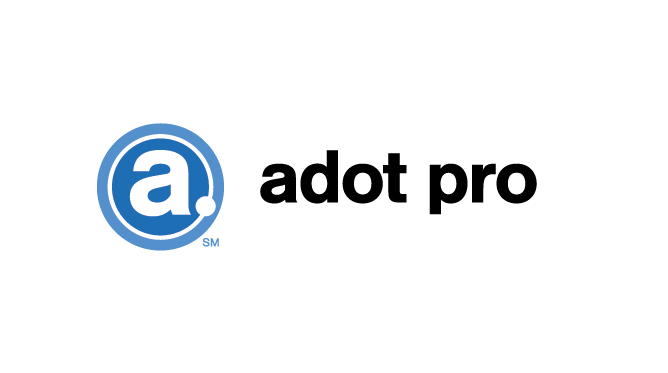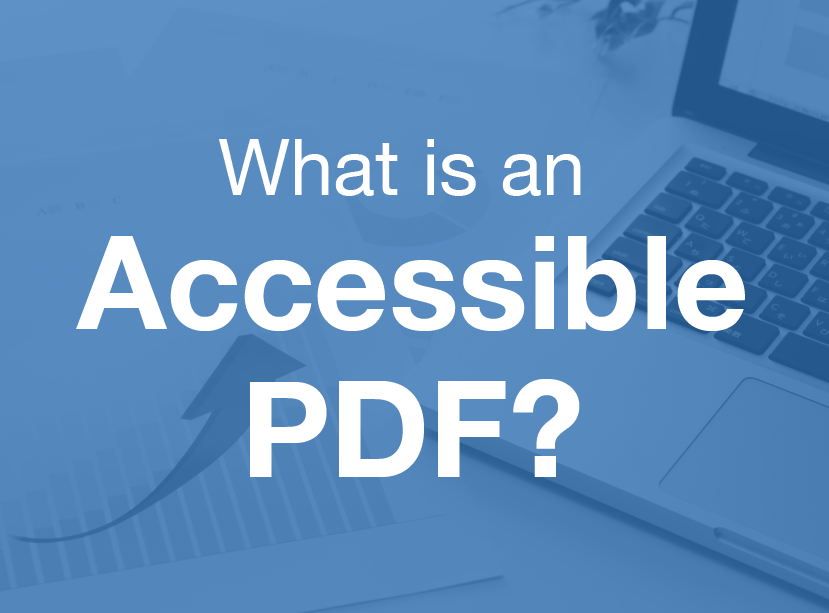Why WCAG? Understanding Web Accessibility Guidelines and How Your Business Can Avoid Financial Crisis
- June 6, 2018
- / Adot Labs
- / learningcenter

Since 2013, there have been approximately 26,211 lawsuits filed in Federal court against American businesses for website accessibility issues (Shaw, 2018). Many small business owners in the US have closed their businesses because the exorbitant court fees associated with these lawsuits have drained their accounts. The stress, anguish, and frustration endured by business owners because of web accessibility litigation is unfair and unnecessary.
Web accessibility lawsuits can be easily deterred if the appropriate preventative measures are taken. Of course, protecting your business from this type of litigation requires an understanding of web accessibility standards and laws, and how to comply with them.
Web accessibility is a tremendously nuanced subject; one which, if not properly understood, can lead to expensive litigation or even bankruptcy for a business. If properly implemented, accessible web practices can improve a business’s profitability, website visibility, and protect a business from expensive litigation.
In this article, we discuss web accessibility guidelines and where they originate, the different entities who enforce these guidelines, and how web accessibility may pertain to you or your business.
The US is not the only country that has implemented web accessibility standards. Canada, Australia, Israel, the European Union, and much of South America and Asia also use WCAG 2.0 as the standard for web accessibility. One reason WCAG 2.0 has become so widely accepted is that it has been adopted by the International Organization for Standardization (ISO) as the universally approved standard for web accessibility.
WCAG 2.0, which was created by the World Wide Web Consortium (W3C), deals specifically with content that is published on the web, content being just one component of web development. W3C has also created guidelines for other components of web development including the Authoring Tools Accessibility Guidelines (ATAG) and the User Agent Accessibility Guidelines (UAAG). These accessibility guidelines work in tandem to ensure that web is accessible for all users. For the average business owner, the primary focus related to web accessibility should be WCAG 2.0 compliance.
Here’s the main point: If your business has a website, all content on your site must be accessible to internet users with disabilities. A single web accessibility error could constitute grounds for litigation against your business. The time to act is now; if you are unsure of where to begin, contact a web accessibility specialist.
Businesses in the US are being blindsided by web accessibility lawsuits because their website content is not compliant with international web accessibility standards. These lawsuits are entirely avoidable if the proper preventive measures are taken. Deterring web accessibility lawsuits requires following the internationally accepted accessibility guidelines known as WCAG 2.0.
Take steps to ensure your business’s website is accessibility compliant, and protect yourself from accessibility litigation, by going to www.adotpro.com now.
For more information on web accessibility solutions and how your business can become compliant, schedule a demo!
For more information about WCAG 2.0 and where it originates, visit www.W3.org.
Sources:
About ISO. (2018, February 07). Retrieved June 04, 2018, from https://www.iso.org/about-us.html
3 Play Media. Countries that Have Adopted WCAG Standards [MAP]. (2018, February 19). Retrieved June 04, 2018, from https://www.3playmedia.com/2017/08/22/countries-that-have-adopted-wcag-standards-map/
Shaw, S., LLP. (2018, February 01). ADA Title III Lawsuits Increase by 16% in 2017 Due Largely to Website Access Lawsuits; Physical Accessibility Legislative Reform Efforts Continue. Retrieved June 04, 2018, from https://www.adatitleiii.com/2018/02/ada-title-iii-lawsuits-increase-by-14-percent-in-2017-due-largely-to-website-access-lawsuits-physical-accessibility-legislative-reform-efforts-continue/
W3C (2018, February 27). Essential Components of Web Accessibility. Retrieved June 04, 2018, from https://www.w3.org/WAI/fundamentals/components/
W3C (2018, May 24). Web Content Accessibility Guidelines (WCAG) Overview. Retrieved June 04, 2018, from https://www.w3.org/WAI/standards-guidelines/wcag/#wg
 ADA Lawsuits Target Non-Compliant Websites (2:45)
ADA Lawsuits Target Non-Compliant Websites (2:45)
 Winn Dixie Loses ADA Website Lawsuit (3:33)
Winn Dixie Loses ADA Website Lawsuit (3:33)
 How Does it Work?
How Does it Work?
 Adot Labs Introduces Adot Pro as an Affordable and Quick Solution for Web Accessibility
Adot Labs Introduces Adot Pro as an Affordable and Quick Solution for Web Accessibility
 What is an Accessible PDF?
What is an Accessible PDF?
 Adot Pro is featured at the 2017 FRLA Conference in Orlando
Adot Pro is featured at the 2017 FRLA Conference in Orlando
 Adot Labs Partners with the Florida Restaurant and Lodging Association
Adot Labs Partners with the Florida Restaurant and Lodging Association
 Content Developers: You're Forgetting a Key Audience that Matters
Content Developers: You're Forgetting a Key Audience that Matters
 What is Web Accessibility?
What is Web Accessibility?
 Why Your Business Needs an Accessibility Plan
Why Your Business Needs an Accessibility Plan